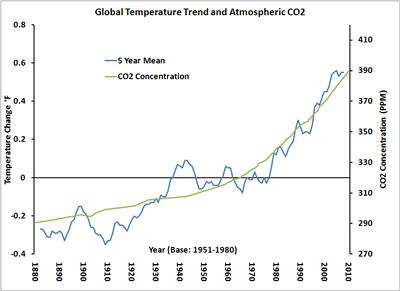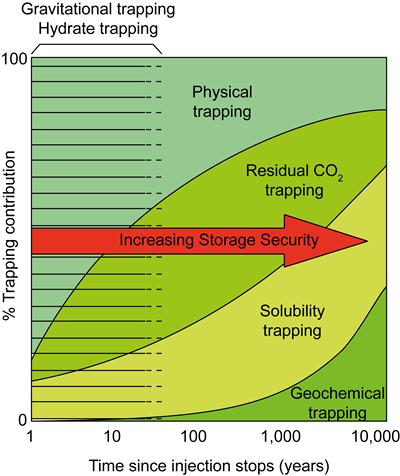Research project: Geological storage of CO2 into oceanic crust
The geological sequestration of anthropogenic CO2 emissions is one of the most pressing scientific problems and in recent years several approaches have been investigated for stable capture and storage. One of the proposed techniques describes the injection of CO2 into geological formations as a secure method to reduce the amount of this greenhouse gas from the atmosphere. Pilot studies are underway at sites on land, but our goal is to evaluate the potential for storing carbon in the subseafloor (seep-sea basalts and peridotites), in order to determine the constraints on the applicability of the injections.


